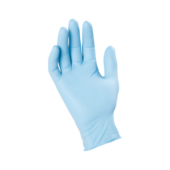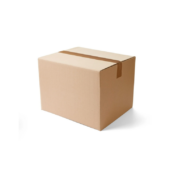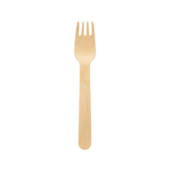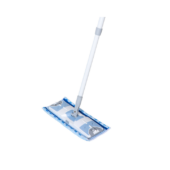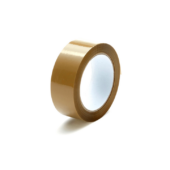Healthcare professionals face unique challenges: long shifts, constant movement, and exposure to hazards, all of which can significantly impact foot health. Wearing the right footwear enhances mobility and promotes long-term comfort, helping you stay energized and focused throughout your demanding shifts.
With our expertise in workwear, including popular clogs or ‘mules,’ this guide will help you make informed decisions tailored to your environment’s demands. Plus, we’ll cover how to maintain your chosen shoes for peak performance. Plus, we’ll cover how to maintain your chosen shoes for peak performance.
For more insights, explore Clogs: Selecting The Right Footwear For Work.
Why Footwear Matters in Healthcare
Healthcare professionals often spend hours standing, walking, or rushing between tasks. Wearing the right healthcare footwear not only reduces foot fatigue but also minimizes the risk of injuries, such as slips and trips, and prevents long-term issues like back pain. Clogs, a staple in healthcare, offer features like slip resistance, arch support, and easy cleaning that make them highly suitable for such environments.
According to a study on hospital worker footwear, healthcare workers should prioritize shoes designed to handle prolonged standing and walking while protecting feet from spills and other challenges. Let’s dive deeper into what to look for.
Key Features of Ideal Healthcare Footwear
The right shoes can significantly enhance your work performance and comfort by addressing the unique needs of healthcare workers. Features like proper arch support reduce fatigue during long hours of standing, while slip-resistant soles prevent accidents on wet or slippery floors. Easy-to-clean materials maintain hygiene in high-risk environments, and durable designs ensure consistent performance over time. Here are the essential features to consider:
1. Comfort and Fit
Comfort is critical for avoiding foot fatigue and long-term problems like bunions. Ensure your shoes:
- Have adequate arch support.
- Provide a snug but not tight fit.
- Are available in European sizing for better precision.
For detailed sizing charts and how to measure your foot, visit the clogs category.
2. Slip Resistance
Healthcare settings often involve slippery floors. Slip-resistant soles ensure stability and confidence on wet or slippery floors, contributing to overall workplace safety and reducing stress during demanding tasks. Look for certifications like EN ISO 20347, which ensures occupational footwear meets safety standards. Learn more about EN Standards from this guide in Wikipedia.
3. Ease of Cleaning
Hygiene is paramount in healthcare. Opt for materials that are easy to clean, like synthetic or rubber-based uppers, which allow for quick cleaning routines that save valuable time during busy shifts. Clogs, with their minimal seams, are especially easy to wipe down.
4. Durability
Invest in footwear that lasts. High-quality work shoes reduce the need for frequent replacements and save money in the long run.
Comparison: Clogs vs. Other Work Shoes for Healthcare
| Feature | Clogs | Safety Shoes |
| Comfort | Lightweight, excellent arch support | Heavy, designed for high-impact protection |
| Slip Resistance | High | Very High |
| Cleaning Ease | Easy | Moderate |
| Durability | Moderate to high | High |
Clogs, such as those in the clogs category, are ideal for most healthcare roles like nursing and administrative tasks, where comfort and ease of cleaning are priorities. However, safety shoes are better suited for roles in laboratory settings or maintenance work, Safety shoes provide reliable protection and advanced grip, helping wearers perform confidently and efficiently in environments like laboratories or maintenance areas where sharp objects, heavy equipment, or chemical exposure are common.
How to Choose the Best Clogs for Healthcare
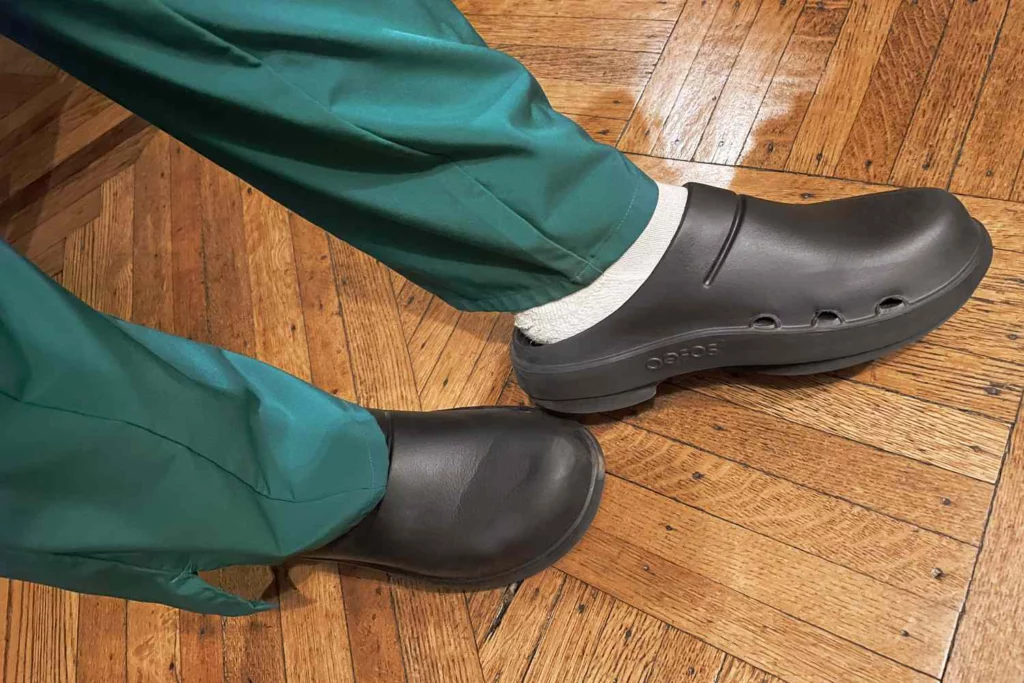
If you’ve decided on clogs, here’s a step-by-step guide to ensure you pick the right pair:
1. Check Material and Design
Look for:
- Rubber soles for grip.
- Perforations for breathability, if allowed by your workplace.
- Closed-toe designs to protect against spills.
2. Assess Support and Cushioning
Ensure the clogs have:
- Adequate arch support for all-day comfort.
- Shock-absorbing midsoles to reduce strain on joints.
3. Match Your Role’s Needs
If you’re a nurse or doctor frequently on the move, prioritize lightweight clogs with superior slip resistance. Laboratory staff may benefit from clogs with anti-static features.
Maintenance Tips for Healthcare Shoes
To keep your footwear performing at its best:
- Clean daily with mild soap and water.
- Replace insoles periodically for maximum comfort.
- Inspect soles regularly for wear and tear, especially if working on slippery floors.
Where to Buy Healthcare Footwear
Ready to choose your next pair of healthcare shoes? Explore high-quality clogs in our clogs category, backed by trusted customer reviews and industry certifications for added assurance. For environments requiring extra protection, check out our safety shoes category.
Conclusion
We hope this guide has given you the confidence to choose the right healthcare footwear by comprehensively addressing all the key factors, from comfort and safety to durability and hygiene. With these insights, you can make informed decisions that ensure both immediate and long-term benefits for your demanding healthcare role. With the right pair, you’ll feel supported, energized, and ready to excel in your role. Explore our main guide, Clogs: Selecting The Right Footwear For Work, and check out our extensive collection of clogs and safety shoes to find your perfect fit.
Still unsure or have specific questions? Reach out to our team for personalized advice and solutions tailored to your unique needs. With our expertise, we can address nuanced concerns that might not be covered in this guide, ensuring your safety and confidence in every step you take. We’re here to ensure your safety and satisfaction, step by step!
Frequently Asked Questions
The lifespan of your footwear depends on usage and the quality of the shoes. On average, healthcare shoes should be replaced every 6-12 months, or sooner if you notice wear on the soles, reduced support, or discomfort.
Open-back clogs may provide comfort and breathability, but they are generally not recommended in healthcare settings due to a lack of heel support and potential exposure to spills. Closed-back designs offer better safety and stability.
Yes, you can use regular or custom orthotic insoles to improve comfort and support. However, ensure they fit properly and do not compromise the shoe’s structure or slip resistance.
Check the product descriptions and labels for certifications like EN ISO 20347 or ASTM standards, which ensure compliance with safety regulations. Verify with your employer for specific requirements.
Some brands offer sustainable options made from recycled or eco-friendly materials. Look for certifications or details in product descriptions that highlight the use of sustainable practices in manufacturing.




